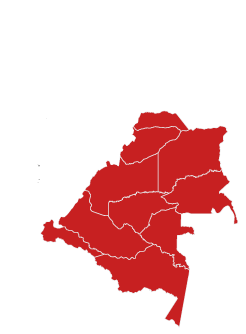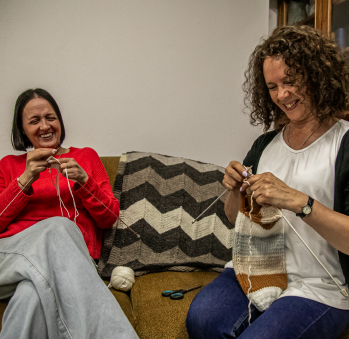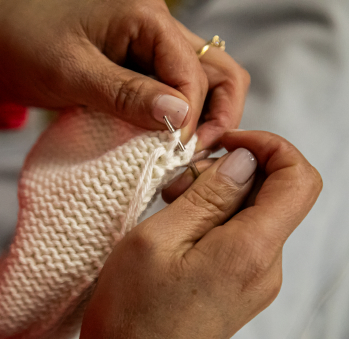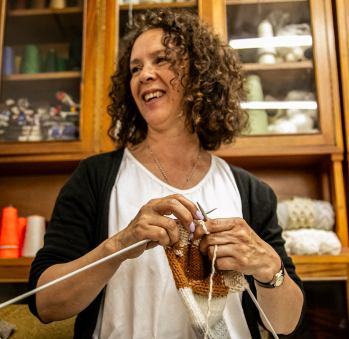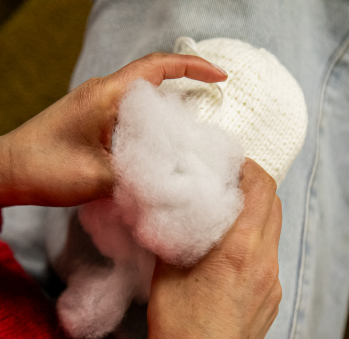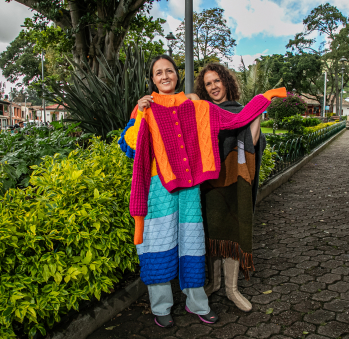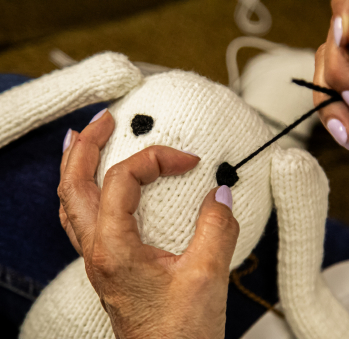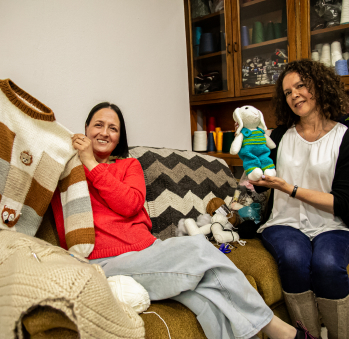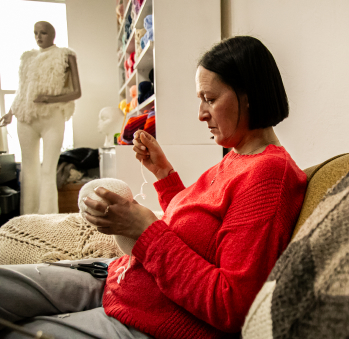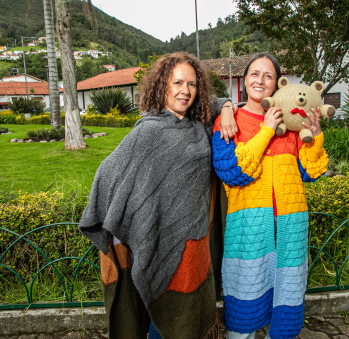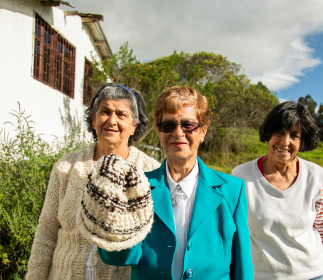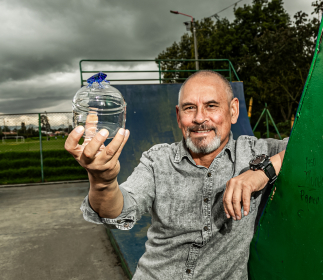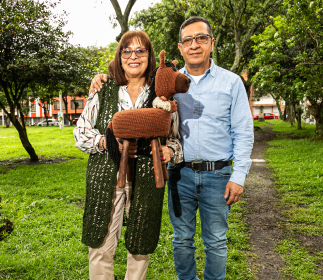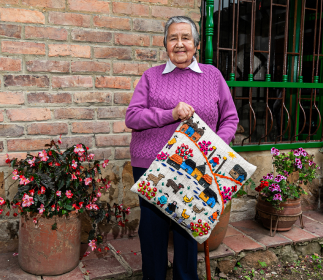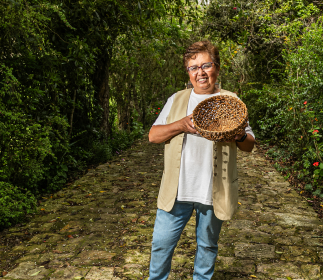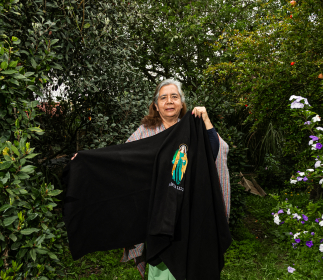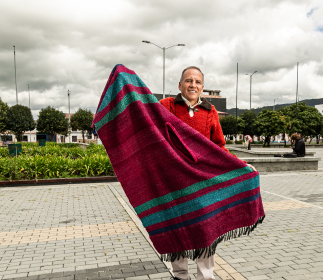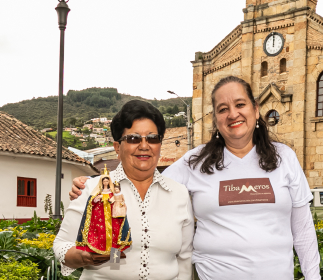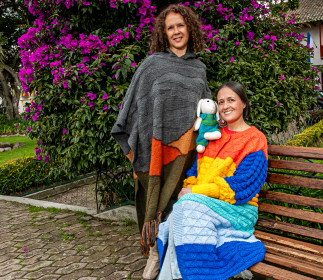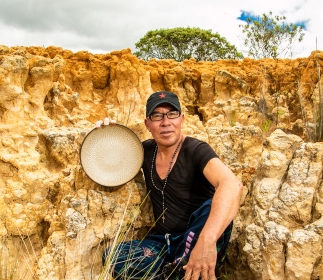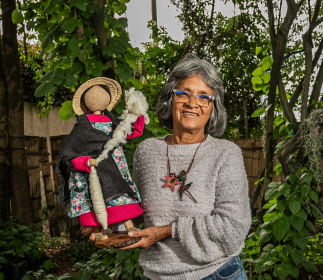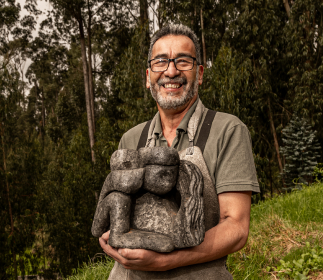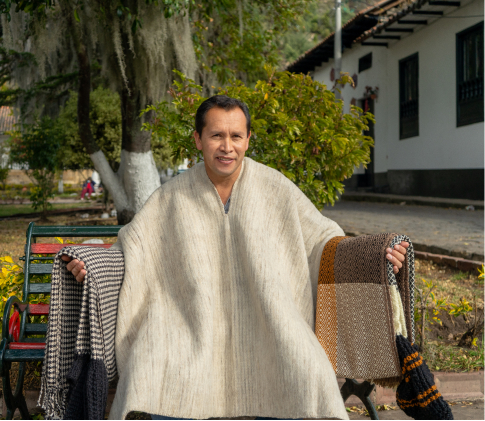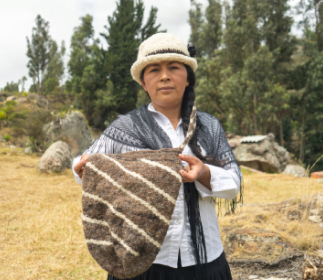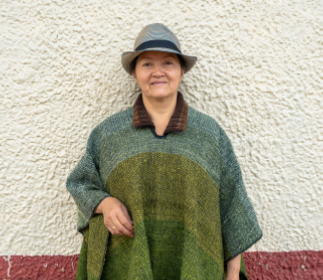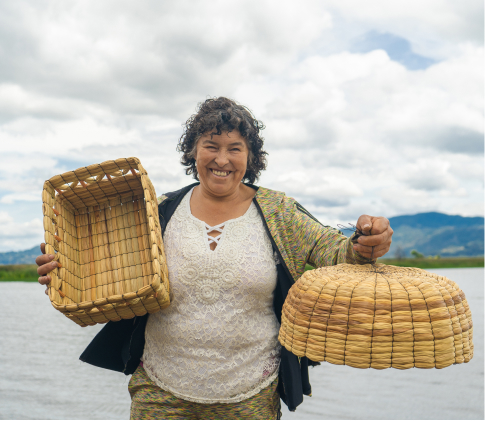Blanca Cecilia y Myriam Alarcón
Workshop: Tejidos Aragnia y Maga hecho a mano
Craft: Wool and thread
Trail: Cundinamarca Route
Location: Sopó, Cundinamarca
SCHEDULE YOUR VISIT
Carrera 4 # 1a-36, Centro Sopó, Cundinamarca
Blanca Cecilia: 3125309923
Miryam: 3134119578
cecialarcon2010@hotmail.com
myriamalarcon2629@gmail.com
@tejidosaracnia
The Alarcón sisters is the name they are known by in Sopó. When someone seeks something truly innovative and well-crafted, they say “go for the coats from Las Alarcón.” The good reputation precedes this pair of sisters, Cecilia and Myriam, who, when there are many orders, enlist the hands and talents of their other two sisters, Ángela and Patricia. It’s a family heritage that continues the weaving legacy of Doña Blanca Emma, the mother of these four women who surrendered to Arachne, the spider queen, master of their craft. And their workshop is named Tejidos Aracnia.
Cecilia, the eldest sister, was practically born holding knitting needles in her hands, which makes her the perfectionist and meticulous one who insists on every finished piece being perfect, front and back. She brings to life everything that her sister Myriam, the team’s designer, imagines. Myriam studied Textile Design after attempting Fashion Design, which caused her endless frustration due to her dislike for pattern drafting. Her true calling lay elsewhere—in thinking about more abstract things. Perhaps that’s why, at one point, she considered studying Bacteriology since she was fascinated by forms. She found in Ceci, as she calls her, the best interpreter of her dreams.
This family embraces a legacy of female weavers from the municipality of Sopó. This town, known today more for the Alpina factory than for its sheep, once had a time when artisanal work made a part of everyday life. All the women wove their families’ clothes, just as their mother knit sweaters for the five Alarcón children. There was a certain economy around wool weaving and dyeing. But that was long ago, and it’s now just a memory, a sepia-toned photograph. When Alpina arrived around 1945, the town’s destiny began to shift toward becoming a Sunday outing spot for enjoying desserts. Many artisans seized this opportunity to set up stalls selling their shawls, coats, and hats. This showcased the talent of these weavers, many of whom eventually moved to Bogotá.
But the Alarcón sisters stayed, and today they elevate their town with bubble stitches in two needles, and designs that break away from the traditional square structure of coats, opting instead for wide and deconstructed sleeves. They knew they would find their place in the market by moving away from the dark palette typically used in the Bogotá savanna and Cundiboyacense territory. On one hand, they began mixing reds with pinks and oranges. On the other hand, they played with oversized sizes, which yielded magnificent results. If they were going to innovate, their coats would stand out in these large sizes that have graced catwalks for years.
This keen interest in fashion has led them to participate in various fashion projects. They particularly cherish the collection they created for an event in Sopó called “Fashion for the Cold.” It’s noteworthy that this municipality is increasingly shining in the fashion field due to its administration’s decisions. In one exhibition titled “Mist,” artisans and designers were invited to play with the landscape and the town’s iconic mountains. Another exhibition, “Sunset,” challenged them to capture the colors of dusk. They produced coats and ruanas that paid homage to their municipality. While they crafted traditional pieces, they also adhered to their philosophy of creating something different, including garments for children and the LGBTQ+ community. They have also produced garments showcased in “Moda Viva,” a fashion project by Artesanías de Colombia.
Never tiring of innovation, Myriam, in addition to crafting coats, invented a line of knitted dolls under the brand “Maga,” further expanding the path of wool—one that Las Alarcón elevate with every stitch made with their needles.
Craft
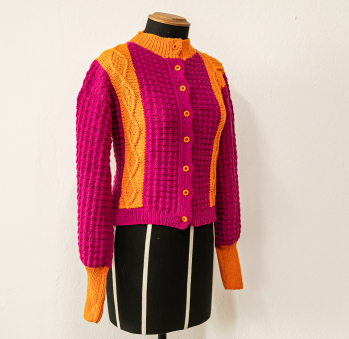
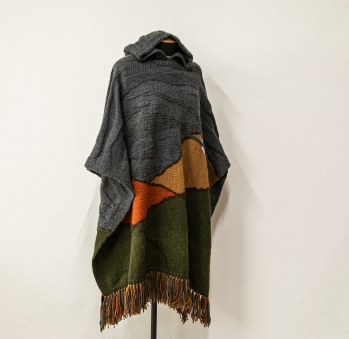
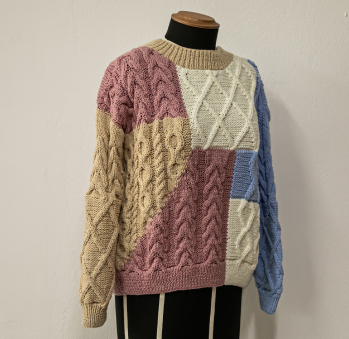
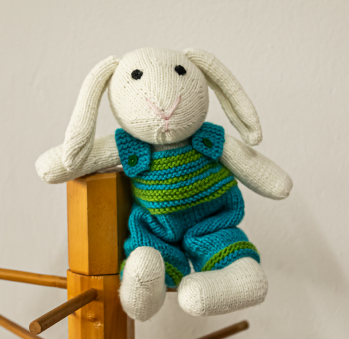
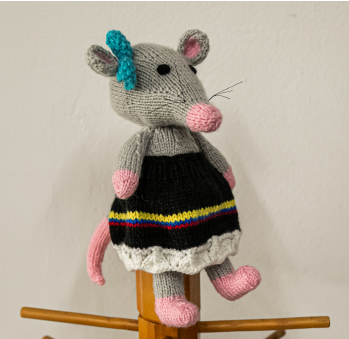
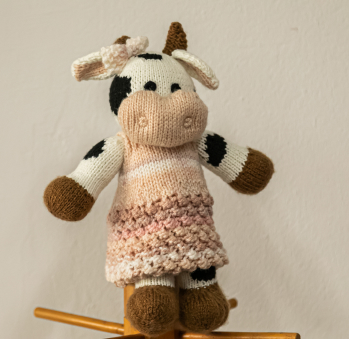
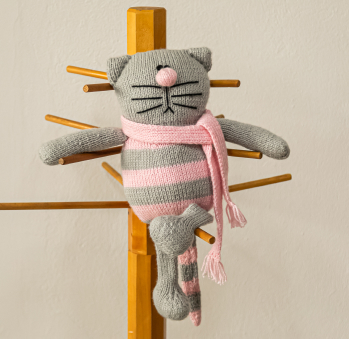
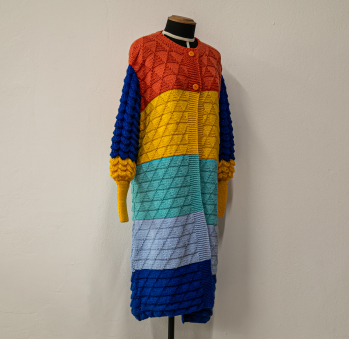








Artisans along the way
Artisans along the way
No puede copiar contenido de esta página

